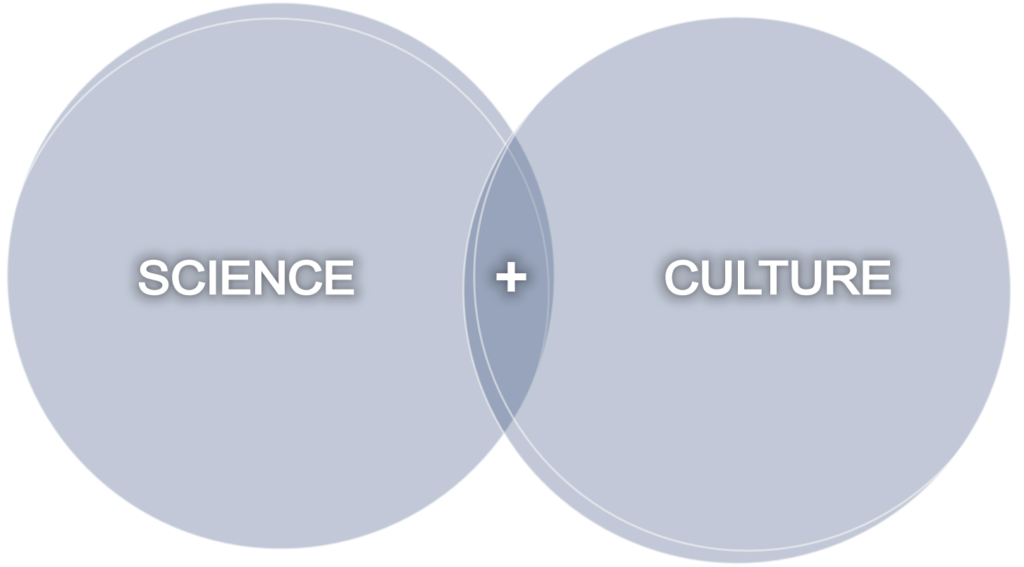Assessing water and carbon fluxes on reclaimed oil-sands mine sites to develop indicators of reclamation function and success.
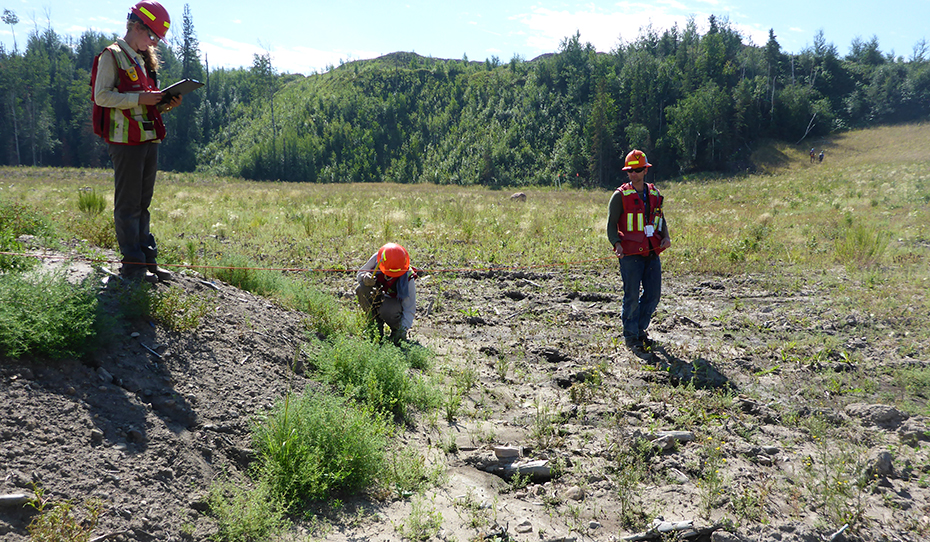
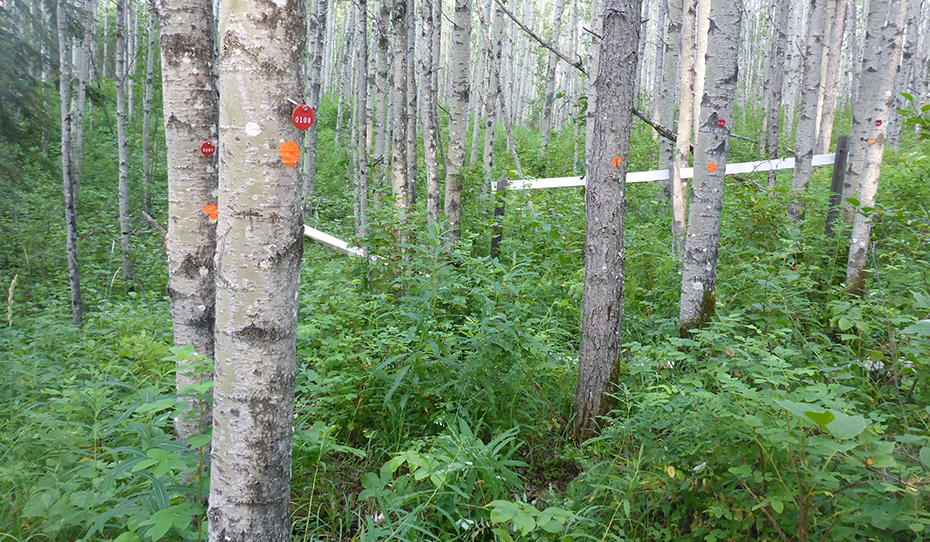
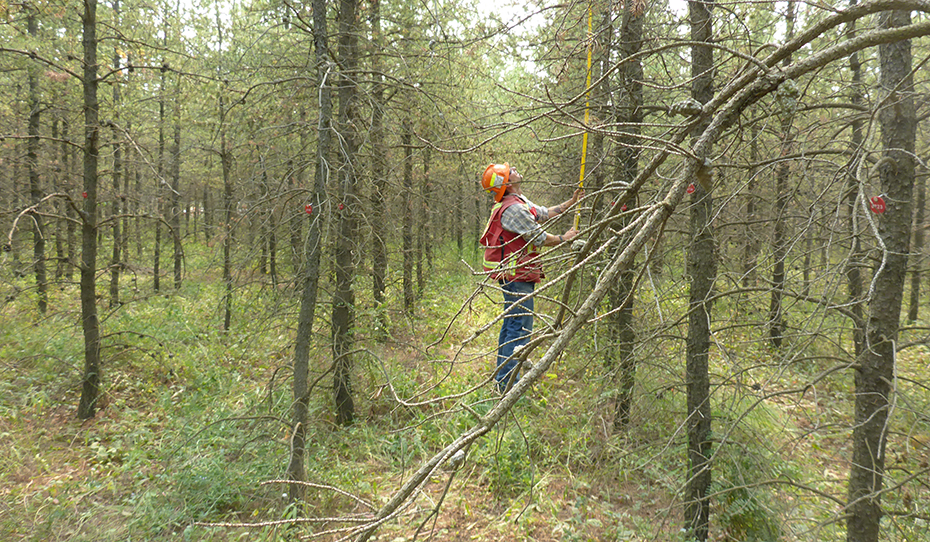
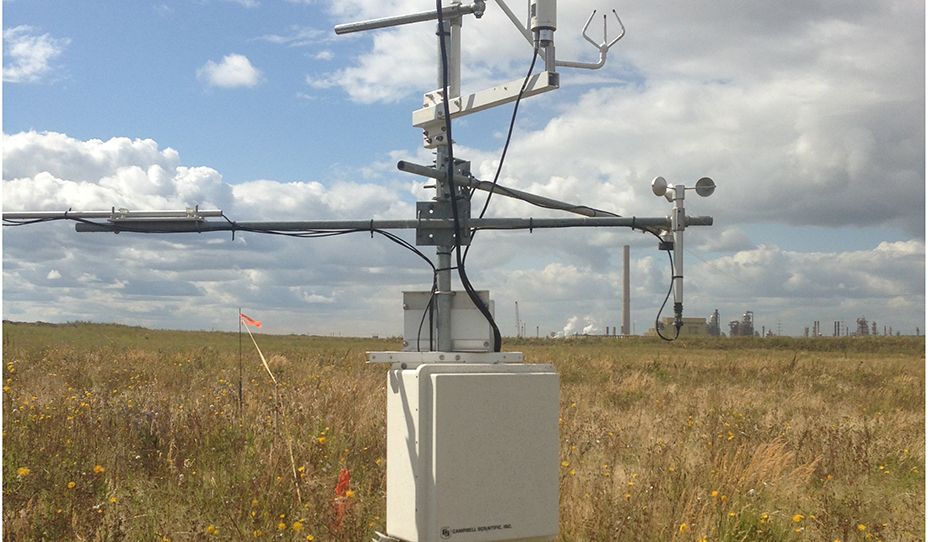
IEG is working as part of an interdisciplinary team with Dr. Sean Carey of McMaster University and Dr. Rich Petrone of the University of Waterloo on a multi-year research project to assess water and carbon fluxes on reclaimed oil-sands mine sites compared to non-mined ecosystems (reference sites) initiated through other disturbance agents (i.e., forest harvest and fire). Study metrics include: vegetation characteristics, soil properties, and water and carbon fluxes on reclamation and reference sites equipped with eddy-covariance, climate, and soils instrumentation.
The central premise of this research is that plant water use and carbon assimilation are indicators of ecosystem health and success, and that studying the rate, timing and magnitude of these processes can provide a mechanistic understanding of whether reclamation sites are functioning in a similar manner to non-mined ecosystems. IEG’s role in the project is to establish permanent sample plots around instrumented towers, characterizing vegetation conditions within these plots, and examining relationships between vegetation metrics and flux measurements. This information will allow the study team to develop indicators of reclamation function and success. This project is an example of IEG’s strengths and preferred approach to research: a multi-disciplinary project involving collaboration with expert partners that combines our interests and skills in both ecosystem biomonitoring and reclamation.

